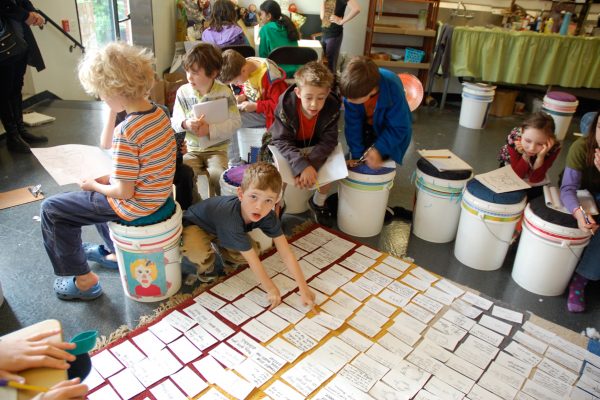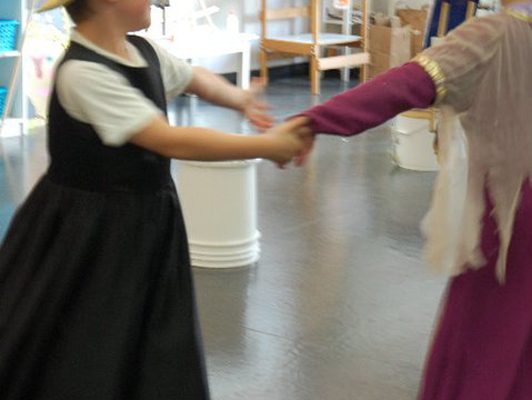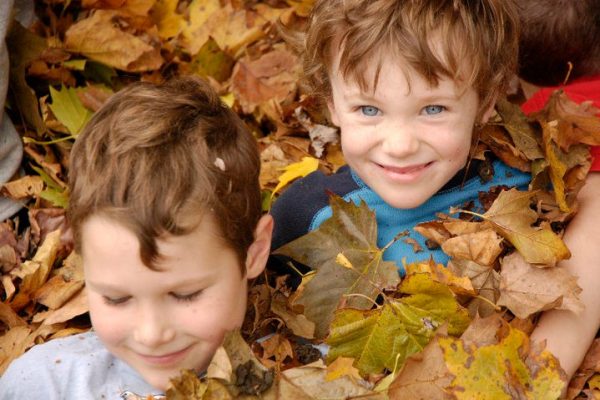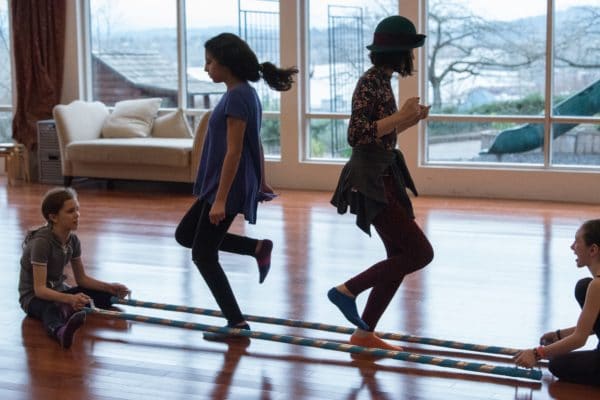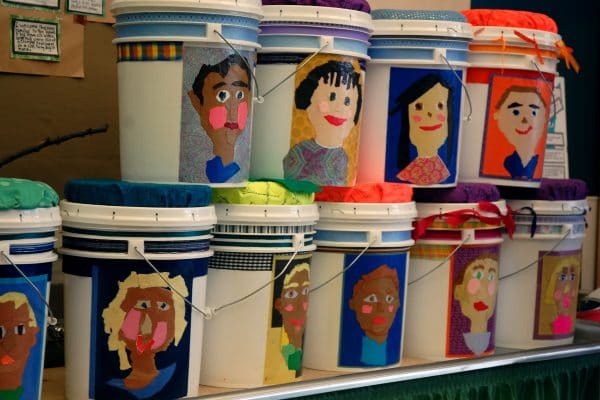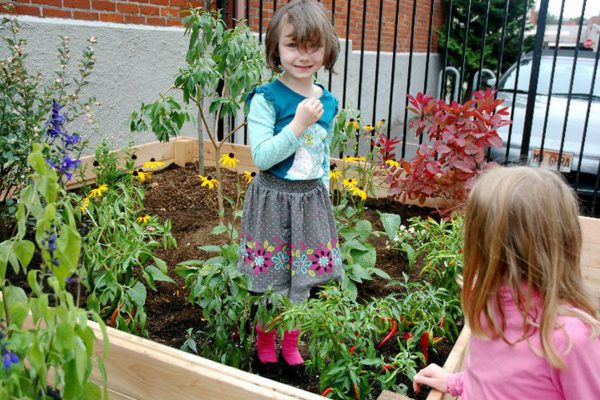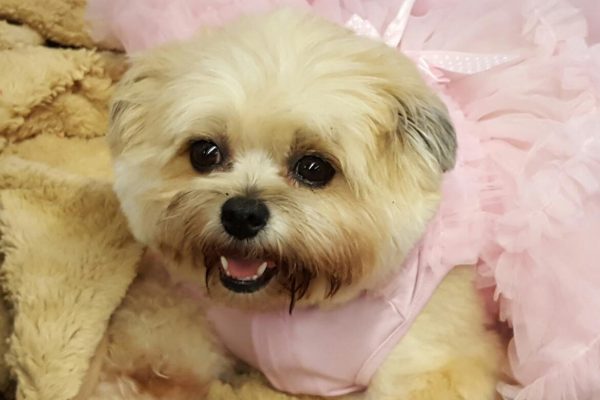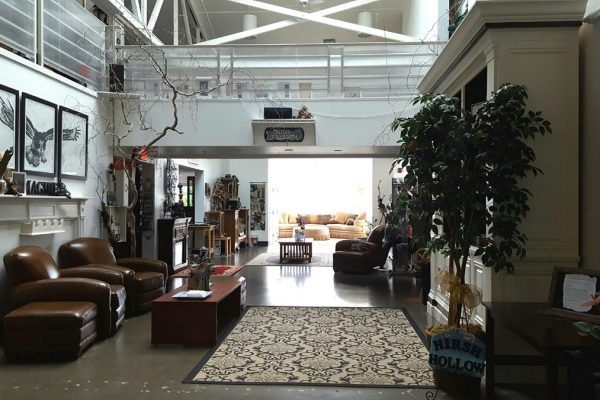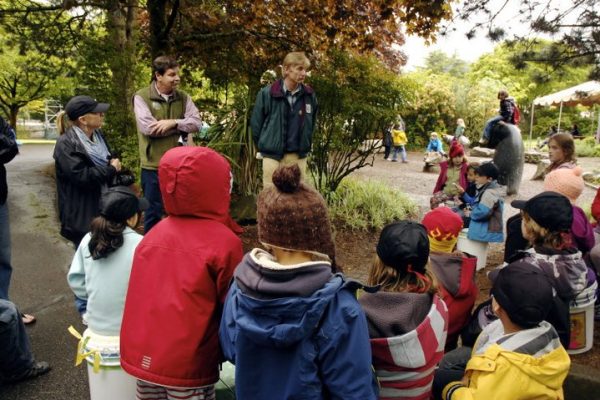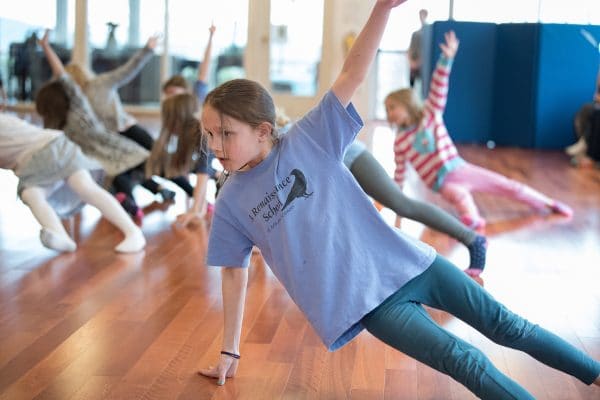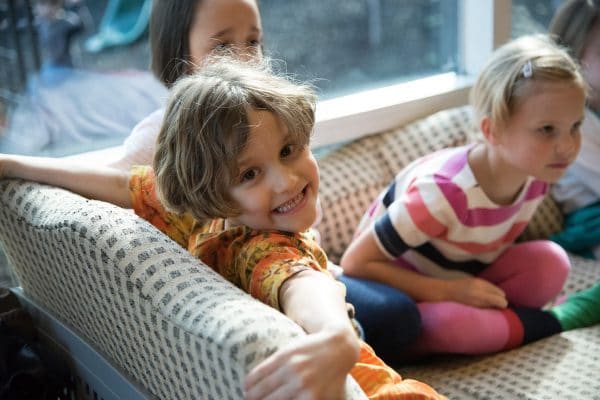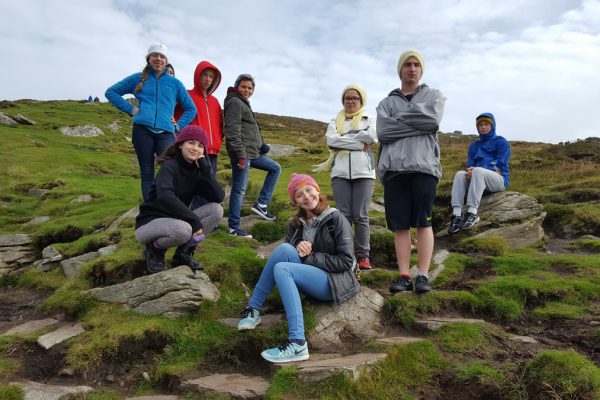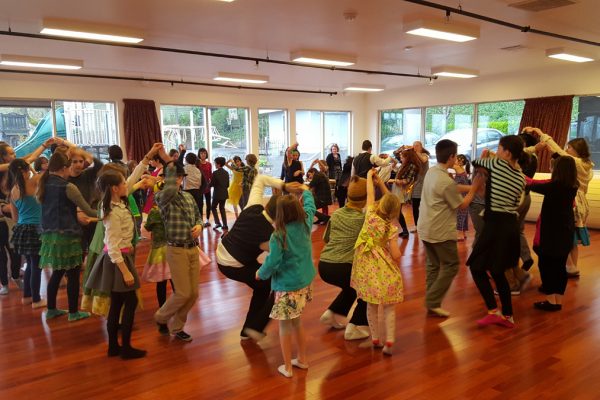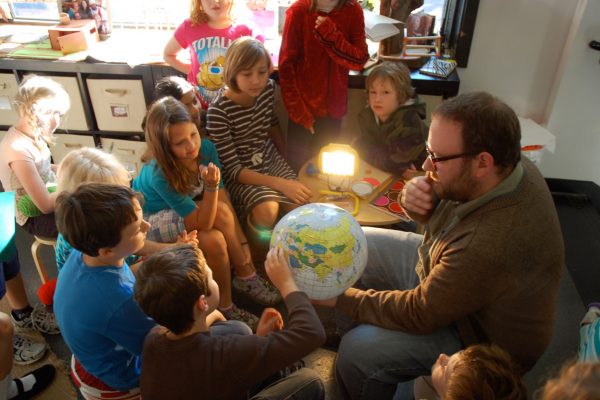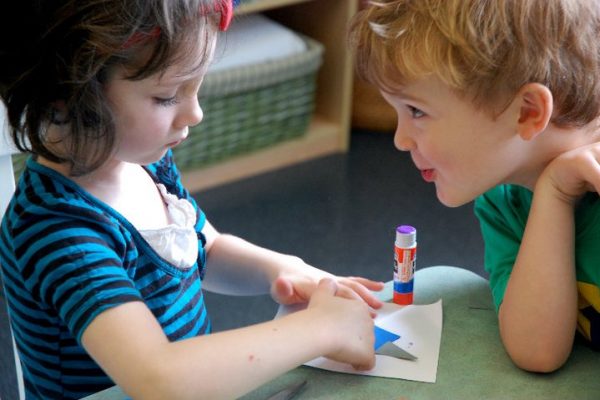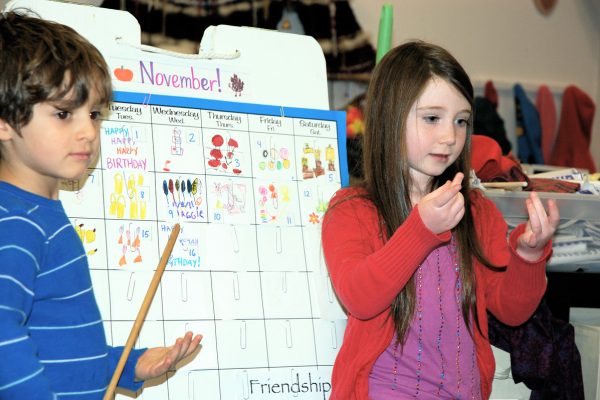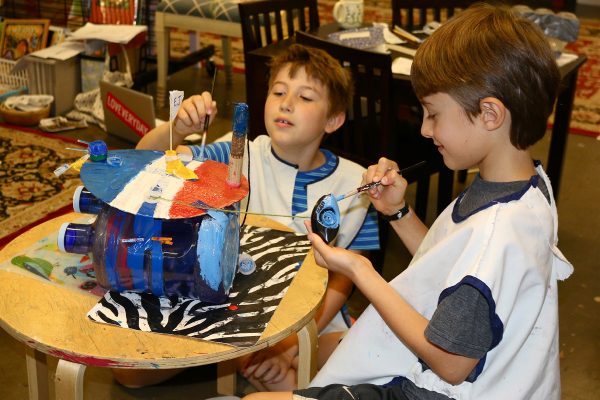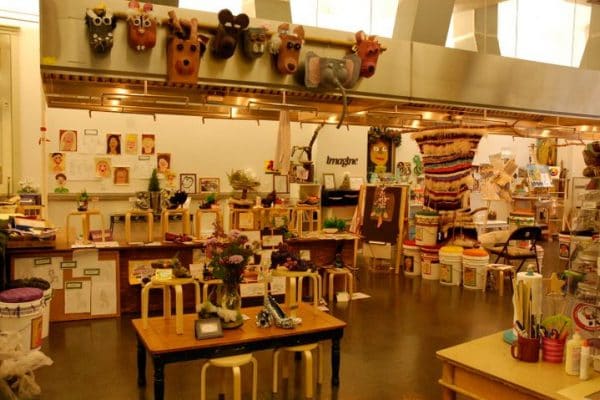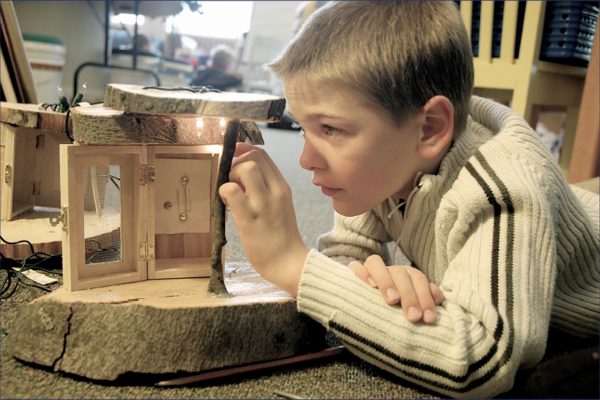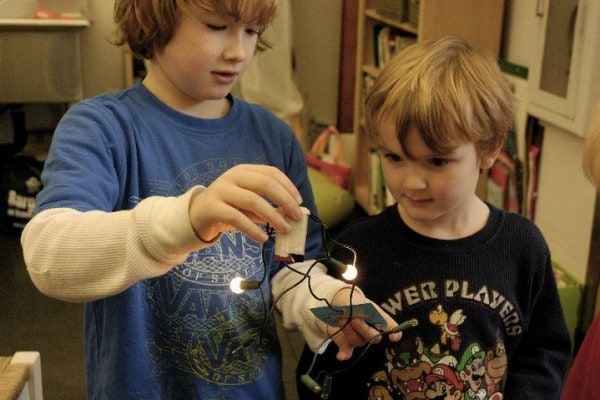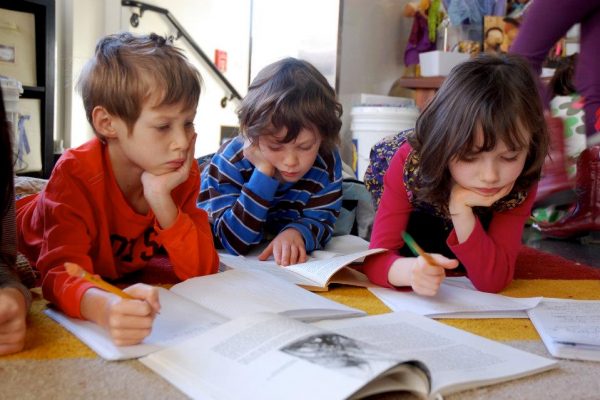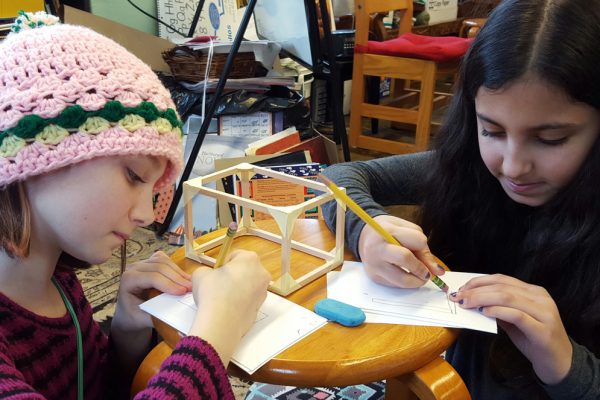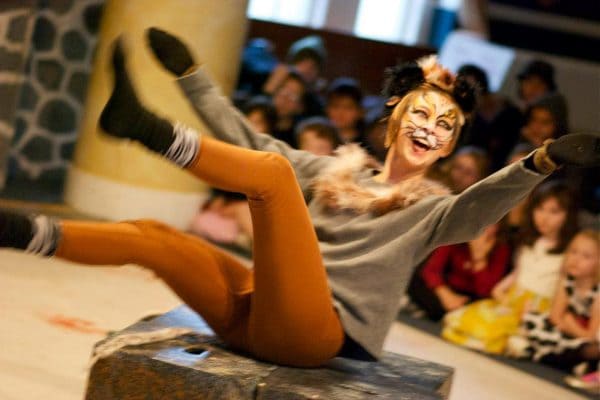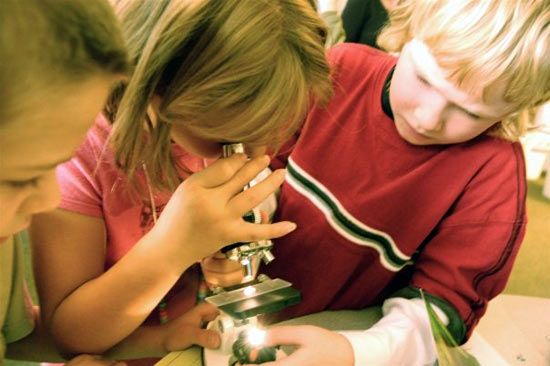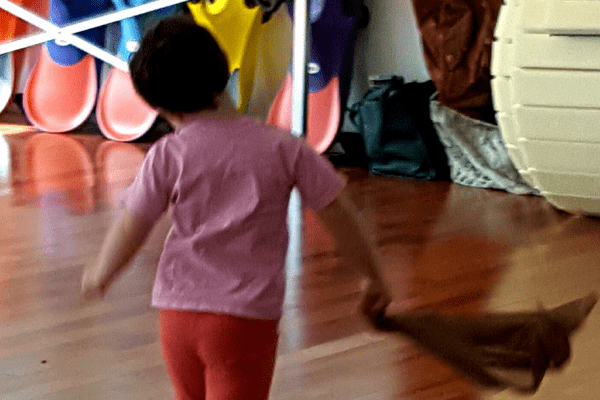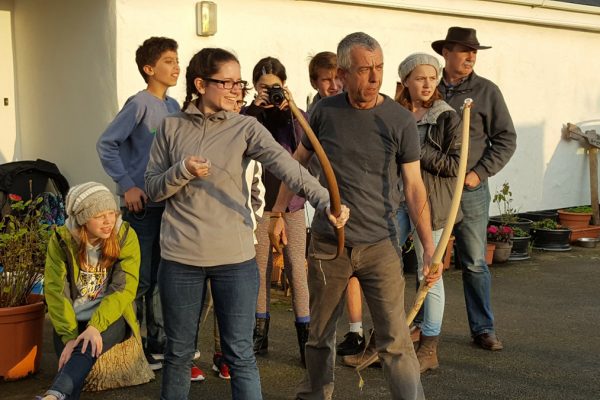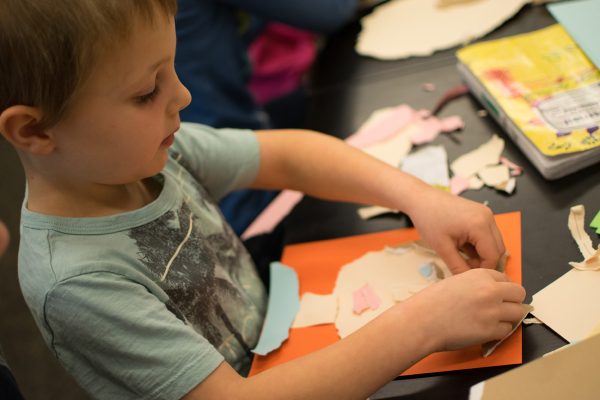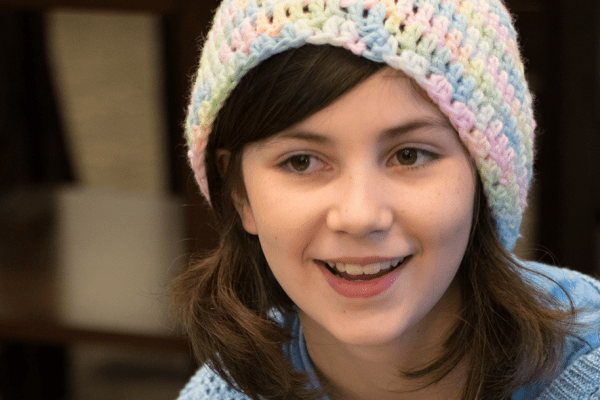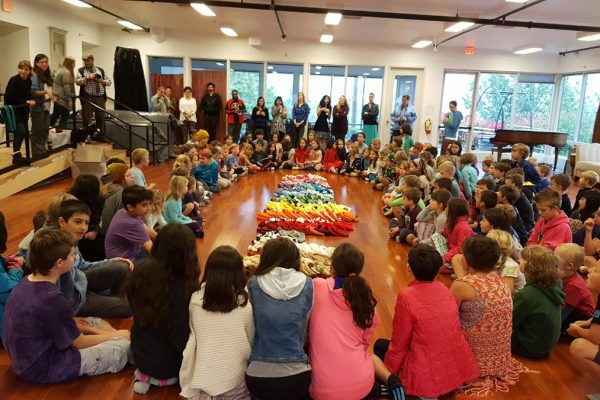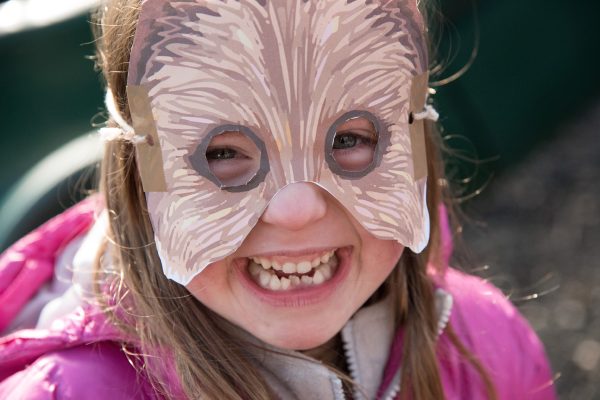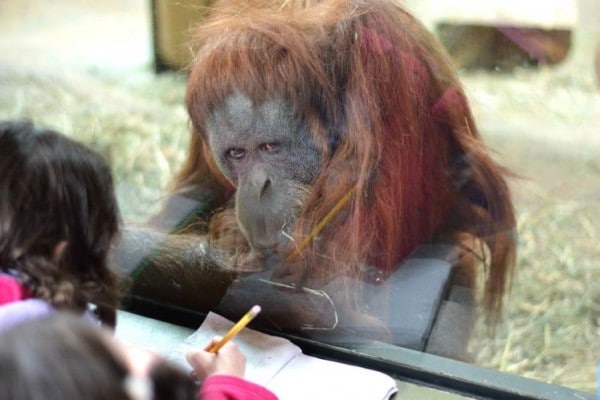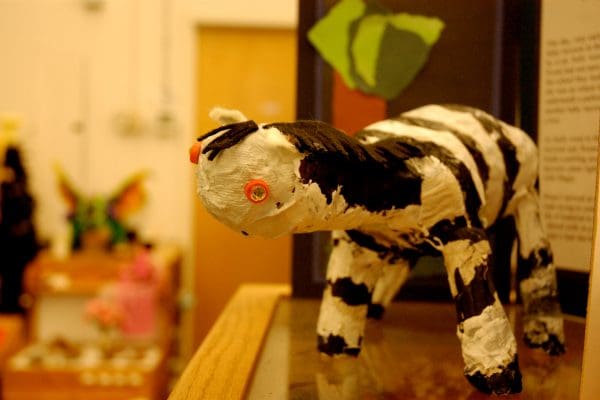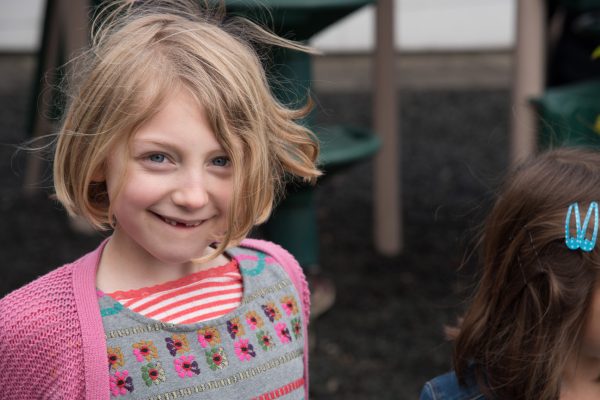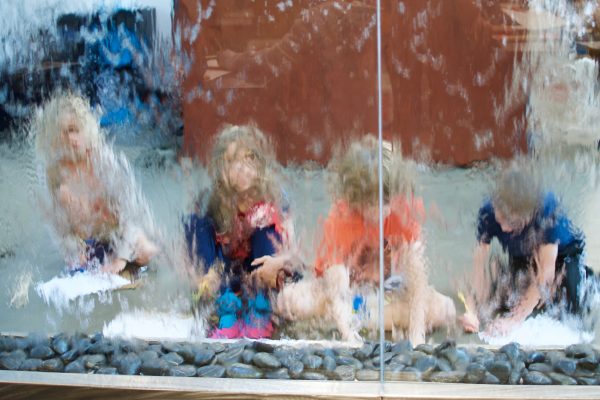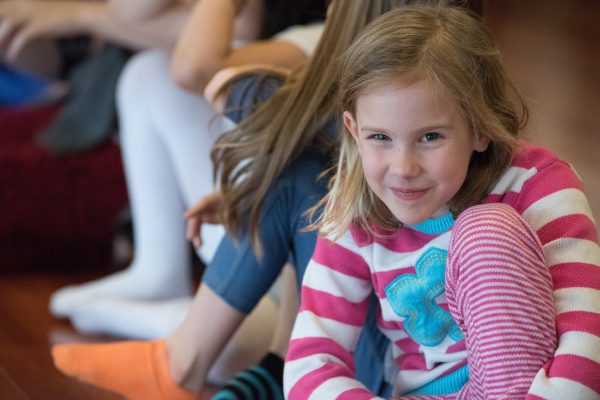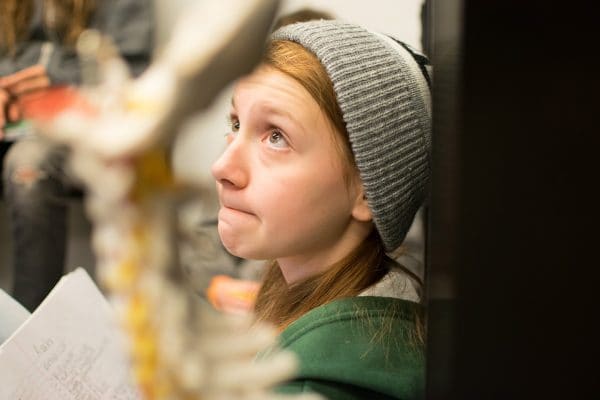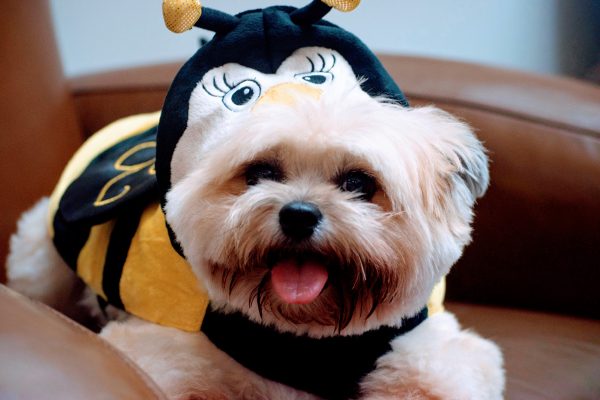The Sciences
 Science is alive! The “scientific process” has multiple entries and exits, with different paths that shape, and are shaped by, the questions under investigation. Foundations of scientific thinking come through real experiences, developed through the observation and exploration of concrete objects, encoded in symbols, and reasoned abstractly. Methods of inquiry are used to pursue questions and ideas in many subject areas. Processes of observing, questioning, recording, hypothesizing, drawing conclusions, working with variables, gathering and organizing quantitative and qualitative data, testing…. are all reiterated throughout our studies. Our faculty members teach and challenge children in ways that support the development of skills and attitudes that underpin scientific thinking and living.
Science is alive! The “scientific process” has multiple entries and exits, with different paths that shape, and are shaped by, the questions under investigation. Foundations of scientific thinking come through real experiences, developed through the observation and exploration of concrete objects, encoded in symbols, and reasoned abstractly. Methods of inquiry are used to pursue questions and ideas in many subject areas. Processes of observing, questioning, recording, hypothesizing, drawing conclusions, working with variables, gathering and organizing quantitative and qualitative data, testing…. are all reiterated throughout our studies. Our faculty members teach and challenge children in ways that support the development of skills and attitudes that underpin scientific thinking and living.
 Renaissance children study environmental, life, earth (geology, geography, space), and physical sciences. Through design technology –engineering– they use and test notions of material and structural sciences, energy systems, and elements of design that are foundational to scientific thought and technological innovation. In our multi-layered manner, our young scientists use technology and a wide variety of resources to challenge, deepen, and extend single source data.
Renaissance children study environmental, life, earth (geology, geography, space), and physical sciences. Through design technology –engineering– they use and test notions of material and structural sciences, energy systems, and elements of design that are foundational to scientific thought and technological innovation. In our multi-layered manner, our young scientists use technology and a wide variety of resources to challenge, deepen, and extend single source data.
Our community is deeply committed to developing responsible, critically-literate global citizens who understand the significant role of humans on our planet and who proactively participate in their communities, nation, and world. Our children engage in social sciences: history, economics, sociology, and government. Children catapult into inquiries, using first person narratives, object studies, case studies, timelines and mapping, historic illustrations (photographs, graphics), and comparative perspectives. We draw assumptions for research from historic novels, observation, and travel. We use primary sources as rich, first-hand accounts, from which we extract voice and perspective, developing historic, cultural, and social empathy while sowing seeds of democracy and justice. We think as social scientists and apply the questions and tools used within those frameworks, often drawing on support from math, the arts, and literature. Active involvement in learning provides a broad knowledge base and deeper level of conceptual understanding about real issues and investigations.
Renaissance children engage in community and school service and leadership from the start of their school careers in order to develop a sense of belonging and commitment to others.
Our Children As Scientists…
 Young scientists and researchers begin to notice patterns, attributes, gaps, and cause-effect relationships. They develop concepts through first-hand investigations and test their emerging theories with new cases, often modifying their original ideas with the appearance of new information in their expanding world. Children generate questions that reflect “wondering.” They build skills to…
Young scientists and researchers begin to notice patterns, attributes, gaps, and cause-effect relationships. They develop concepts through first-hand investigations and test their emerging theories with new cases, often modifying their original ideas with the appearance of new information in their expanding world. Children generate questions that reflect “wondering.” They build skills to…
- select and use resources and tools with care
- observe carefully and use words and drawings to capture information
- generate questions
- gather and interpret relevant data
- organize information to create meaning
- draw conclusions, accommodate new ideas
- develop the concept of “fair test”
Seasoned scientists and researchers take stock of current knowledge, note gaps or inconsistencies, and look for enhanced meaning through the synergy of ideas and forms. They…
- explore and represent ideas in forms that reflect personal understanding, response, and choices
- seize opportunities to share their ideas with others and invite critique of their work and thinking
- check previously-held ideas against new knowledge and make alterations in their thinking
- design tests that allow the control and investigation of multiple variables
- understand and use tools and materials with attention to limits and purpose
 Accomplished, contributing scientists and researchers…
Accomplished, contributing scientists and researchers…
- understand the intent and methods of field sciences (observation, illustration, record-keeping, critical description, interval timing, identification)
- plan ahead and adjust methodology and ideas based on new information
- record information for evidence and reflection in multiple forms
- test ideas through prototypes, models/manipulatives, recording, and experimentation
- make innovations on presentations (verbal), exhibitions (culminating displays), and examples (artifacts)
- draw conclusions that are available in the data/model in order to satisfy and unearth new questions
- push boundaries of ideas and information to incorporate revelations
- contribute to the pool of experience and knowledge through words, illustrations, and artifacts


